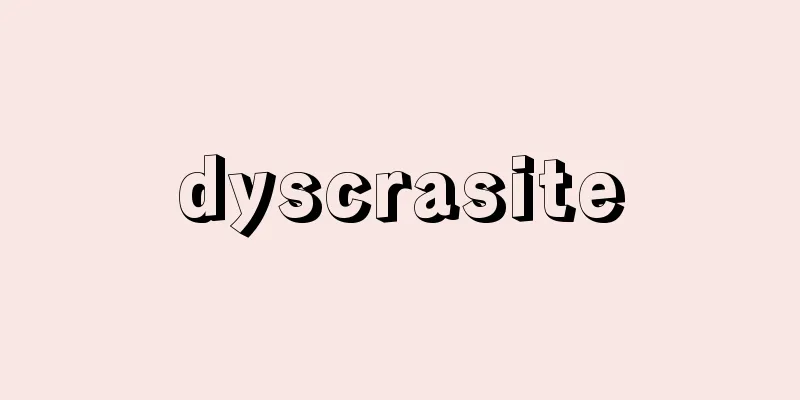Froebel - Friedrich Wilhelm August Fröbel

|
German educator and educational thinker. Born into a devout pastor's family, he became aware of nature and the natural order that permeates it from an early age. He eventually dedicated his life to early childhood education, with the ideal of the full development of the individual human spirit that is connected to this order. He is known as the founder of the kindergarten. He began his life as an apprentice to a forestry officer, but further studied at the University of Jena, enjoying the atmosphere of German Romanticism at the time. He eventually became a school teacher, and gradually became familiar with education, visiting Pestalozzi's school (1805). He then studied mineralogy and crystallography at the University of Göttingen and the University of Berlin, and served as an assistant at the mineral museum of the University of Berlin, but in 1816, at the age of 34, he rented a farmhouse in Griesheim and started a school called the "General German School", and eventually moved to Keilhau to continue his teaching activities. Based on these experiences, he wrote "The Education of Man" in 1826. This is a discussion of his aspirations and plans for education in general, centering on the idea of the divine unity that permeates God, nature, and humans, and the principles of "self-activity" and "labor" to realize that unity in humans. He soon became devoted to early childhood education and to promoting its importance to women and families, and in 1837 he founded an "Institute for Intuitive Instruction Leading to Self-Instruction and Self-Education" in Blankenburg. He placed great importance on children's "play" and invented a unique playground equipment which he called "Gift." "Gift" means a gift from God that symbolizes the divine unity of all things and naturally leads children to recognize that unity. He also established an "Institute for Play and Industrial Education" at the facility, which he called a "Kindergarten" (1840). This was the beginning of kindergartens, which eventually spread throughout the world, but the idea of kindergartens initially faced severe suppression for political and religious reasons, and it was only after Froebel's death that it spread from abroad, such as to England and France, through the efforts of Baroness Bertha von Marenholtz-Bülow (1810-1893) and Friedrich AW Diesterweg (1790-1866).The first kindergarten in Japan was established in 1876 (Meiji 9) under the influence of American thought, as an annex to Tokyo Women's Normal School (now Ochanomizu University). [Minoru Murai] "Iwasaki Tsuguo's translation of "Human Education" in two volumes (1960, Meiji Tosho Publishing)" ▽ Nagata Shin's translation of "Froebel's Autobiography" (Iwanami Bunko) [References] | | | |Source: Shogakukan Encyclopedia Nipponica About Encyclopedia Nipponica Information | Legend |
|
ドイツの教育者、教育思想家。敬虔(けいけん)派の牧師の子に生まれ、幼少時より自然とそれを貫く自然の秩序の意識に目覚め、やがて、この秩序に通ずる人間個々人の精神の十全な発展を理想として、幼児教育に生涯を捧(ささ)げた。「幼稚園」の創始者として知られる。 林務官の徒弟として実生活に踏み出したが、さらにイエナ大学で学び、当時のドイツ・ロマン主義思想の雰囲気を享受した。やがて学校教師となり、ペスタロッチの学園を訪ねる(1805)などして、しだいに教育に親しむようになった。その後ゲッティンゲン大学、ベルリン大学で鉱物学、結晶学などを学び、ベルリン大学の鉱物館助手などを務めたが、結局1816年、34歳のときにグリースハイムに1農家を借りて「一般ドイツ教育所」という学校を始め、やがてカイルハウに移って教育活動を続けた。この体験を基に1826年『人間の教育』を著した。これは神と自然と人間とを貫く神的統一の理念と、人間にその統一を実現させるための「自己活動」と「労作」の原理を中心として、教育全般にわたる抱負と計画とを論述したものである。 やがて、とくに幼児教育と、その重要さを女性や家庭に訴えることとに専念するようになり、1837年ブランケンブルクに「自己教授と自己教育に導く直観教授の施設」を創設、子供の「遊戯」を重んじて独特の遊具を考案し、それを「恩物」Gabeとよんだ。「恩物」とは万物の神的な統一を象徴し、子供を自然にその統一の認識に導く、神からの賜物(たまもの)という意味である。さらに彼はここに「遊戯および作業教育所」を併設し、それを「幼児園」Kindergartenとよんだ(1840)。これがやがて世界に広がった「幼稚園」の始まりであるが、この幼稚園の思想は、当初は政治上および宗教上の理由で厳しい弾圧を経験し、むしろフレーベルの死後、マレンホルツ・ビューロー夫人Baroness Bertha von Marenholtz-Bülow(1810―1893)やディースターベークFriedrich A. W. Diesterweg(1790―1866)の努力によってイギリス、フランスなどの外国から広がった。日本では1876年(明治9)アメリカの思潮の影響下に、東京女子師範学校(現、お茶の水女子大学)の付属として設立されたのが最初である。 [村井 実] 『岩崎次男訳『人間の教育』全2冊(1960・明治図書出版)』▽『長田新訳『フレーベル自伝』(岩波文庫)』 [参照項目] | | | |出典 小学館 日本大百科全書(ニッポニカ)日本大百科全書(ニッポニカ)について 情報 | 凡例 |
>>: Battle of Preveza - Battle of Preveza
Recommend
Galimard [company] - Galimard
A French publishing house founded in 1911 by Gasto...
Anamizu Yoshichi
1875-1929 A businessman and politician from the M...
Hancock, T.
…Starting out uneducated, Goodyear devoted himsel...
William IV - William
…In the first half of the 16th century, the eldes...
Francis Carco
French poet. His real name was François Carcopino...
Tohoku Plain
A vast plain lying in the center of northeastern ...
Agrionidae
...A general term for insects in the Agrionidae f...
Tesla - Tesla (English spelling)
An abbreviation for Tesla Motors, a US electric ve...
Pulcheria, Augusta Aelia
Born: 19 January 399, Constantinople [Died] 453. W...
Flathead flounder
A marine fish belonging to the order Pleuronectif...
Battle of Salamis - The Battle of Salamis
A naval battle that took place in September 480 B...
Jenkins, GM (English spelling) JenkinsGM
...Whether the ultimate goal of the analysis is p...
Abkhaz - Abkhazgo
...An autonomous republic (which has recently dec...
Mallory, George Herbert Leigh
Born June 18, 1886 in Moberly, England [Died] June...
Yellow Skipper - Yellow Skipper
A butterfly belonging to the family Hesperiidae i...









